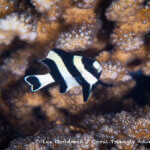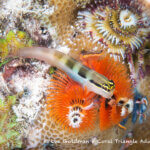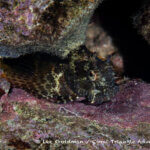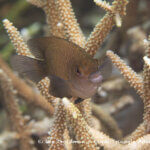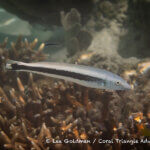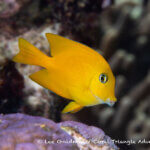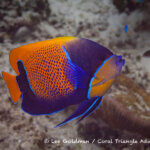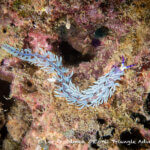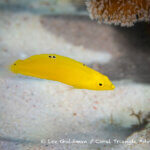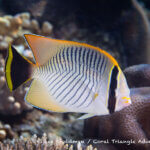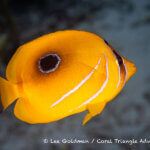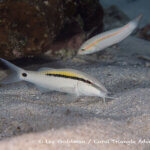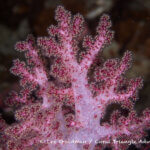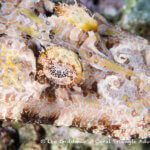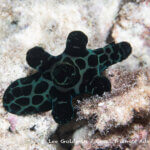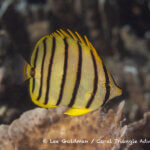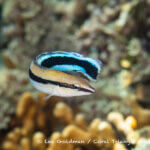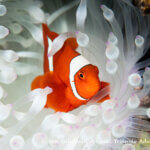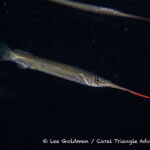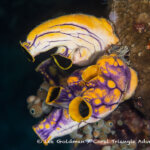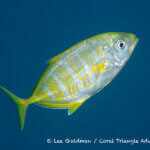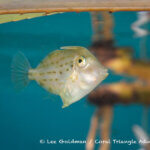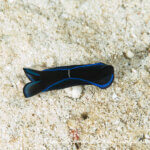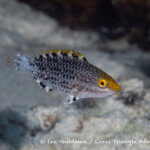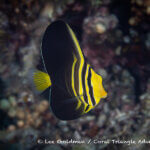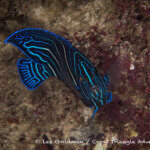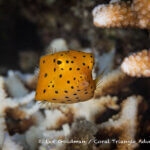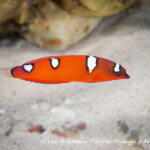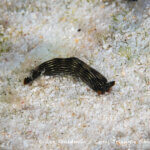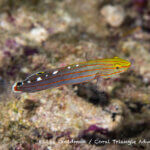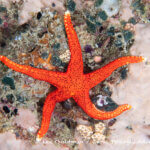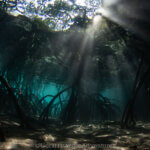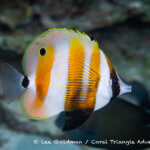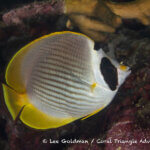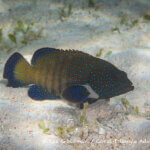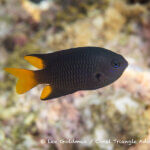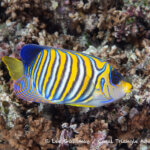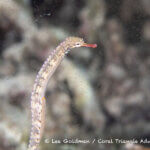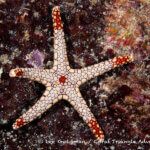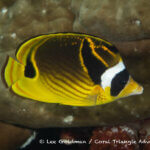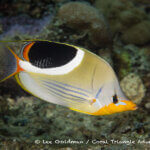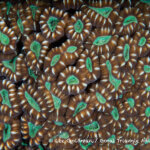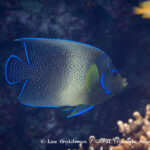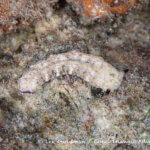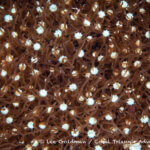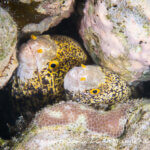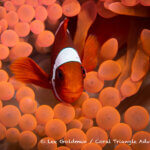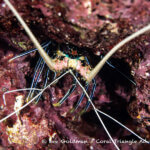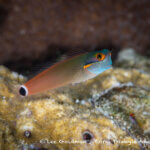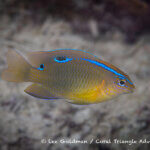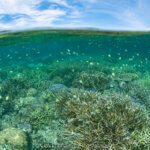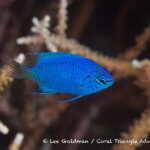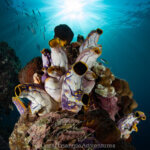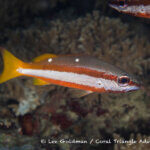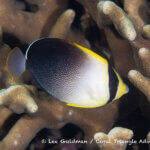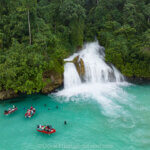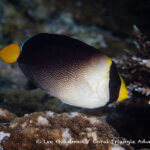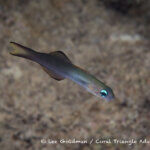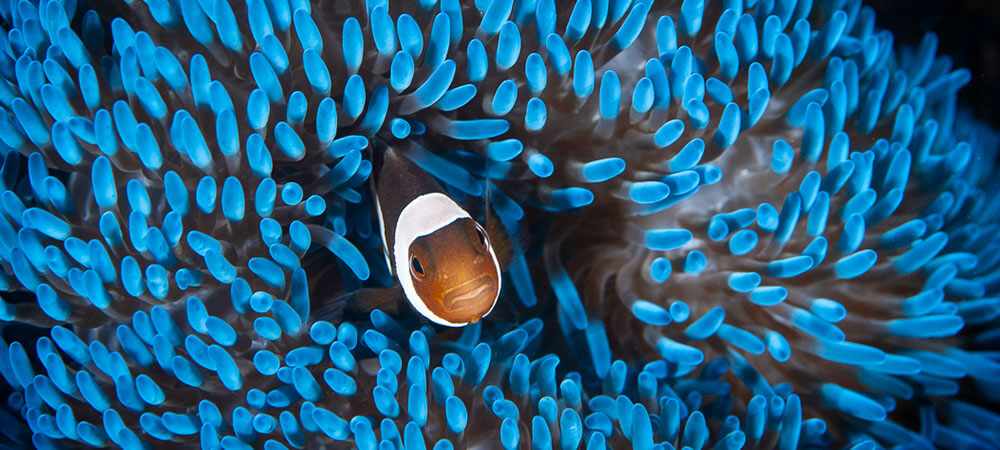
Eclipse snorkeling tour trip report April 2023
Eclipse snorkeling tour 2023
We must have had some nerve thinking we could pull off a total eclipse viewing event in combination with snorkeling in one of the best destinations on the planet, Raja Ampat, but we did! And while we will have another blog that focuses on the eclipse, I’ll spend this time reporting on the snorkeling side of the trip.
The extensive groups of limestone islands emanating from the southeastern tip of Misool, Raja Ampat possess some of the highest levels of marine biodiversity on the planet, so of course we had to spend some serious time there. Our first stop was the island of Pele where high limestone peaks create a protective perimeter around the large, but quiet bay facing to the west. The sheer walls of the islands extend deep into the seas, sometimes plunging to hundreds of feet just a few feet from shore. Growth along the walls is lush with both hard and soft coral, and the reef margins are busy with schools of fish capturing food in the water column as it floats by.
Our next stop was to the Wayil area where several nearby island groups provided us with a variety of snorkeling opportunities. From shallow protected coral gardens to marine lakes and narrow channels where swift water brought out the big fish including enormous bumphead parrotfish and a Napoleon wrasse. We also had a morning session with a whale (we’re thinking it was a Bryde’s whale) who stayed around to feed for well over an hour.
Moving further northward, we visited one of our favorite destinations in Misool, a narrow channel between two island groups where good water movement supports a lush growth of soft corals, sea fans, and sponges along the exposed walls, but also with quiet bays full of hard coral. Not only a great spot for nudibranchs, but stunningly scenic topside as well.
The next day brought us a bit closer to the eastern edge of the islands, but where some of the larger islands in the area can be found. These larger islands supported many marine lakes, but only a couple that we could visit either by dinghy or snorkel. We had some birders in the group, and it was fun to be snorkeling along in these quiet, protected, tranquil bays only to have them ‘disrupted’ by the myriad of bird calls. We spent a late afternoon cruising through the network of islands in search of birds like hornbills, eagles, parrots, and cockatoos.
After seven days exploring the islands of Misool, we set our bow to the southeast and headed for the West Papua coast. We did have one stop along the way, the island of Pisang. We spent the day snorkeling the reefs along the smaller group of islands to the south, but with the spectacular weather and virtually no other human beings in site, we took advantage of the beaches and had a picture-perfect beach lunch in between or snorkeling activities.
The ’second part’ of our epic journey took place along the West Papua coast. Our first day was north of Fak Fak where protected islands revealed amazing shallow reefs full of tropical fish both large and small. We were excited to find such a gem in an area that seemed fairly populated. Healthy coral reef extended for what seemed like miles and we spent the day seeing just how far we could get! As we skipped along the coast in a southernly direction, we were continually surprised at how health and diverse the reefs were being so close to high volcanic islands where run-off could cause high sedimentation on the reef. But we quickly figured out why that wasn’t the case, these high coastal mountains were untouched in terms of logging or development, thus sedimentation is kept to a minimum due to the natural ‘nets’ that capture it before it makes its way to the ocean. One very fun thing we did was visit a coastal waterfall where fresh water crashed into the sea! After a fool-hearty attempt swim against its pressure, we visited a fruit-bat colony and watched as they migrated from their tiny island at sunset to the larger mainland to feed.
The next day as we neared our eclipse position, we also were treated to an incredible display of geology. An enormous partially collapsed cave open to the sea and with a large opening at both the entrance and the ceiling to allow plenty of light into the entire cave. Enough so that even small stands of coral were growing wherever sunlit was able to creep in. The beautiful shallow reef nearby had some amazing critters including a crocodile fish and cuttlefish, as well as an abundance of large reef fish like coral groupers, red snappers, bumphead parrotfish, and Napoleon wrasses. There was something for everyone in this area!
We didn’t snorkel on our eclipse day, rather spending our time making sure we were in the right position and without cloud cover above. We were rewarded for our efforts and had a largely un-obstructed view of the eclipse form first contact to totality! No matter how many times I see one, it is still an overwhelming experience.
Unfortunately, internal flights forced us to reschedule the remainder of our trip (two days). We had to cruise back to Sorong, Raja Ampat rather than our planned exit from Kaimana in Triton Bay. There is definitely a reason to come back and see our gallery below to check out many of the cool critters and fish we got to see on this departure. We have trips planned to the area via our Forgotten Islands departure in 2024.

